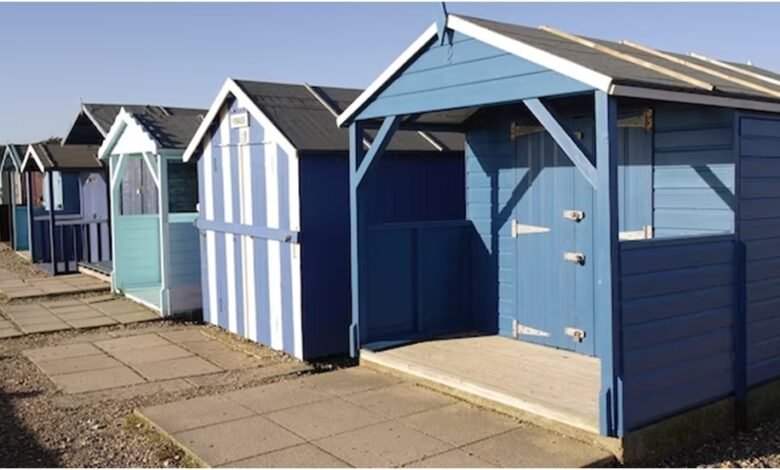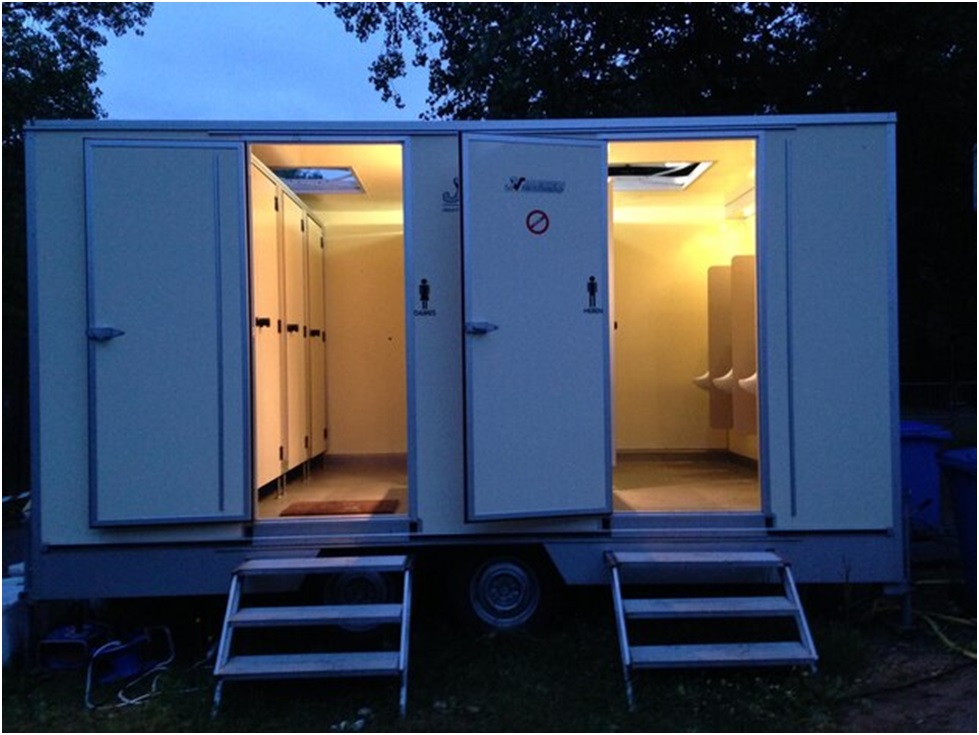How to Build Portable Toilets for Outdoor Events and Construction Sites
Creating portable toilets for outdoor events and construction sites doesn't have to be difficult. This guide will show you exactly how to build them with ease!

Portable toilets are essential in outdoor events and construction sites, ensuring sanitary conditions, convenience, and compliance with health regulations. They help in preventing environmental pollution and promotion of public health.
Overview of the process of building a portable toilet
Building a portable toilet involves constructing a sturdy, lightweight, waterproof frame, usually of plastic. This frame houses a sanitary, removable waste collection unit. Building site toilets designed for easy transport and cleaning to ensure user convenience and hygiene.
Understanding the Basics of Portable toilets construction
Comprehensive knowledge about portable toilets
Comprehensive knowledge of portable toilets includes understanding their operation, maintenance, and sanitization. It also involves knowing how to properly place them and manage waste disposal to ensure comfort and hygiene.
Benefits and usage of portable toilets at various sites
Portable toilets provide sanitation solutions at various sites like construction zones, events, and camping trips. They benefit users by maintaining hygiene, curbing open defecation, and offering easy relocation according to needs.
Safety and hygiene measures related to portable toilets
Portable toilets necessitate stringent safety and hygiene measures. Regular cleaning, use of antibacterial solutions, ventilation, and proper waste disposal are vital. Safe usage guidelines should be encouraged to prevent health hazards.

Gathering the Necessary Materials and Tools
List of materials required for building a portable toilet
To build a portable toilet, one would need water-resistant plastic, stainless-steel fixtures, waste storage tank, polyethylene seats, hand sanitizer dispenser, ventilation system, and door locks. Assembling tools are also necessary.
Descriptions of the specific tools needed
Specific tools needed may include a variety of items depending on the task at hand. For instance, a hammer, screwdriver, and wrenches are essential for general construction work. Similarly, baking requires utensils like a mixer, baking tray, and measuring cups.
Guidelines on where to purchase or rent these materials and tools
Before purchasing or renting tools and materials, research reputable suppliers, compare prices, and check customer reviews. Consider home improvement stores, online marketplaces, or specialized rental companies for reliable and cost-effective options. Always ensure product quality and return policies.
Step-by-Step Construction of the Portable Toilet
Marking and measuring the toilet’s base size
It is essential to measure the toilet base’s dimensions accurately before installing or replacing a toilet. Marking the base size ensures optimal fitting within the desired space, helping avoid future leak or alignment issues.
Building the toilet’s box base
Constructing the toilet’s box base involves careful measurement and sturdy materials. Precise dimensions ensure a perfect fit for the toilet while a robust structure ensures stability and longevity of the fitting.
Constructing the toilet’s walls and door
Constructing the toilet’s walls and door involves meticulous planning and precision. Utilize moisture-resistant materials to prevent structural damage. Proper insulation ensures privacy, while the door installation guarantees easy accessibility.
Installation of the toilet seat and cover
The installation of the toilet seat and cover involves careful positioning, securing bolts, and adjusting for proper alignment. It is a straightforward process, but accuracy is crucial to ensure comfort and durability.
Fitting of the ventilation pipe
Proper fitting of the ventilation pipe is crucial in any building structure. It ensures better indoor air quality, reducing health hazards, and promoting energy efficiency. Expert installation guarantees optimal functionality and reduces maintenance costs.
Crafting the toilet’s roof
In crafting the toilet’s roof, structural integrity and correct slope for water run-off are paramount. Durable materials ensure longevity, while aesthetic finishings add functionality, comfort and visual appeal to the space.
Painting and customizing the toilet
Creating a personalized space extends even to the bathroom. Painting and customizing your toilet can express your individuality, transform an ordinary loo into an artful statement piece making bathroom visits more pleasant.
Installation of Sanitation Features
Installing the waste tank
Installing the waste tank is an important process that ensures proper waste management. Carefully follow instructions to safely install the tank and ensure it’s securely fastened to prevent leaks or damages. Regular maintenance is also necessary for continued efficiency.
Adding a hand sanitizer or wash station
Implementing a hand sanitizer or wash station is a crucial step towards enhanced hygiene. It offers instant cleaning, whether in a workspace or household, significantly curbing the spread of germs and infectious diseases.
Including toilet paper holders and other amenities
Incorporating toilet paper holders and other amenities in the bathroom adds convenience and functionality. Such features not only improve cleanliness but also enhance the overall aesthetics, making the space more inviting and comfortable.
Ensuring Compliance with Regulations
Local sanitation and building codes
Local sanitation and building codes are integral for maintaining public health and safety. They establish standards for construction and waste disposal, thereby preventing hazards and ensuring a clean, livable community. Compliance is mandatory for all residents and businesses.
Required permits for portable toilets at outdoor events and construction sites
Acquiring permits for portable toilets at outdoor events and construction sites is crucial. These licenses ensure sanitary standards are adhered to, preventing environmental pollution and safeguarding public health.
Compliance with ADA (Americans with Disabilities Act) standards
Compliance with ADA standards is crucial for businesses to ensure accessibility and equal opportunities for individuals living with disabilities. Non-compliance can lead to discrimination lawsuits and damage to business reputation.
Maintenance and Servicing of Portable Toilets
Regular cleaning schedule
A regular cleaning schedule helps maintain a clean and organized environment. It promotes hygiene, reduces clutter, lessens stress, and increases productivity. It’s essential to health and overall well-being.
Waste disposal
Waste disposal is an essential public service globally. It involves processes such as collection, transportation, and treatment of waste material. Proper processes reduce environmental pollution and ensure public health safety.
Replacement of supplies
The replacement of supplies is an essential business task to ensure uninterrupted operation. It involves reordering or replenishing depleted resources to maintain optimal productivity and service delivery. Prompt replacement activities prevent potential work delays.
Additional Considerations for Large-scale Events and Construction Sites
Determining the number of portable toilets needed
Determining the number of portable toilets needed requires consideration of the guest count, event duration, and whether food or alcohol is served. Standards suggest one toilet per 50-100 people for a four-hour event.
Positioning and layout of the toilets
The positioning and layout of toilets should prioritize accessibility, privacy, and hygiene. Careful planning ensures easy access, particularly for individuals with disabilities, optimum utilization of space, and minimal contamination risk.
Provisions for privacy and safety
Provisions for privacy and safety are crucial in today’s digital world. They involve safeguards to ensure personal information protection, reduce risk of cyber crime, and maintain individual rights, ensuring a safe online environment.


